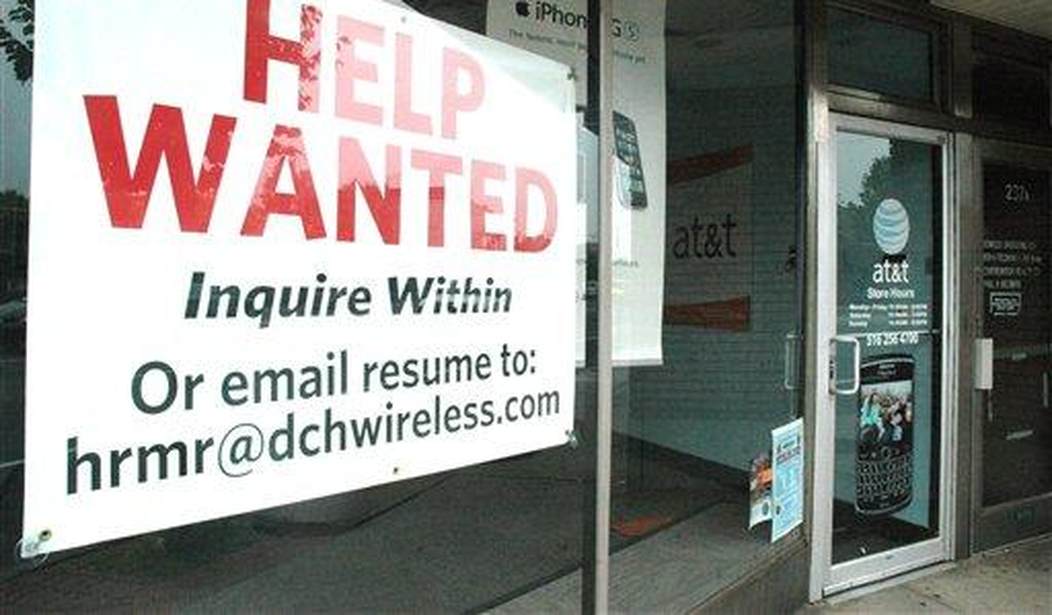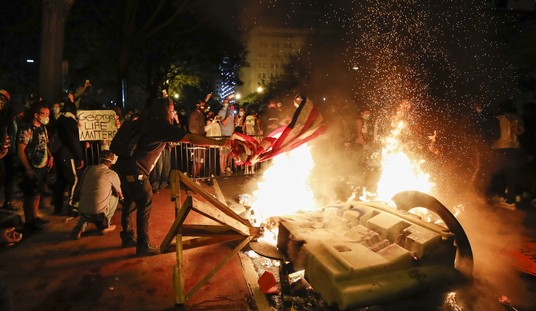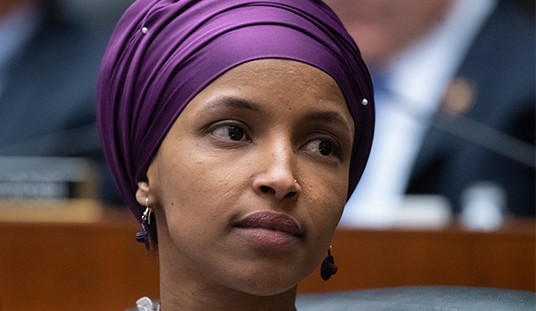The federal government doled out trillions of dollars in “stimulus” cash in 2020 and 2021 in order to jump-start the economy that had been deliberately — and, as we now know, unnecessarily — all but shut down for several months to stop the spread of COVID-19.
The government also authorized a trillion dollars more in extended unemployment benefits that ended less than two months ago. Taken together, the payments were designed to keep people’s heads above water while the economy recovered.
This extraordinary and unprecedented outlay of cash went to every American, rich or poor, white or black, male or female. But what exactly did giving out all that money accomplish?
According to the Washington Post, “Nearly 8.5 million people were lifted out of poverty last year.” But “poverty” — defined as a family of four living on $26,250 or less — only fell because of those trillions of dollars thrown at the American people by the government.
Not surprisingly, the figures are a mirage.
Yes, census data shows the 2020 poverty rate at 9.1 percent—down from 11.8 percent in 2019. But this is only because the federal government gave everyone money. People who have been “lifted out of poverty” by pandemic stimulus payments and other temporary subsidies will be right back in it unless the government decides to dole out thousands per person again.
Without the stimulus money, the 2020 poverty rate would have risen to 12.7 percent, the Census Bureau said. And “by a second measure, which leaves out much of the federal stimulus payments, poverty rose to 11.4 percent from 10.5 percent,” the Post reports.
It stands to reason that the poverty rate would have risen with so many unemployed. But that doesn’t tell the whole story.
“The annual census findings also underscored the deep impact of so many job losses last year,” notes the Post. “Median income declined sharply, 2.9 percent, to $67,521, and the number of people lacking health insurance throughout 2020 grew to 28 million, nearly 2 million more than in 2019. It was the fourth year in a row that the ranks of the uninsured swelled.”
Coming out of the pandemic, Americans may be much worse off financially than they were before, despite allegedly having been “lifted out of poverty.” People sustained by stimulus payments and unemployment benefits may find themselves unable to get a previous (or comparable) job back—although employer desperation right now at least provides some good news for those seeking employment. Meanwhile, the unusual circumstances of 2020 and 2021 may have only masked latent or worsening financial problems in other ways.
Don’t forget that inflation will be eating up a lot of wage gains as a result of higher prices — especially for food and fuel. The chances are very good that millions of those who were “lifted out of poverty” are likely to fall back in once all the government goodies run out.
Trillions of more dollars in debt, higher inflation, and a sputtering economy. Is this all we have to show for $4 trillion (and counting) in government spending to lift ourselves out of the pandemic recession?










Join the conversation as a VIP Member